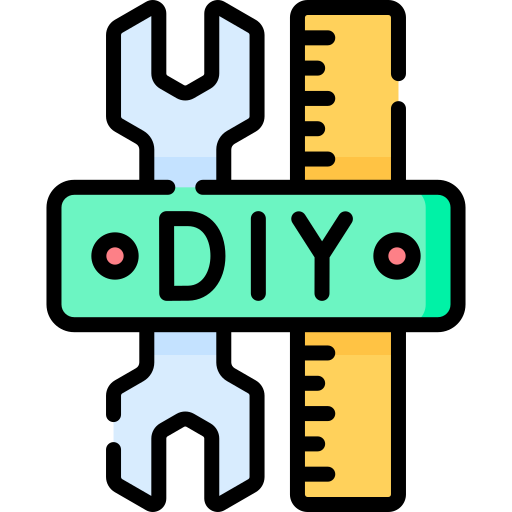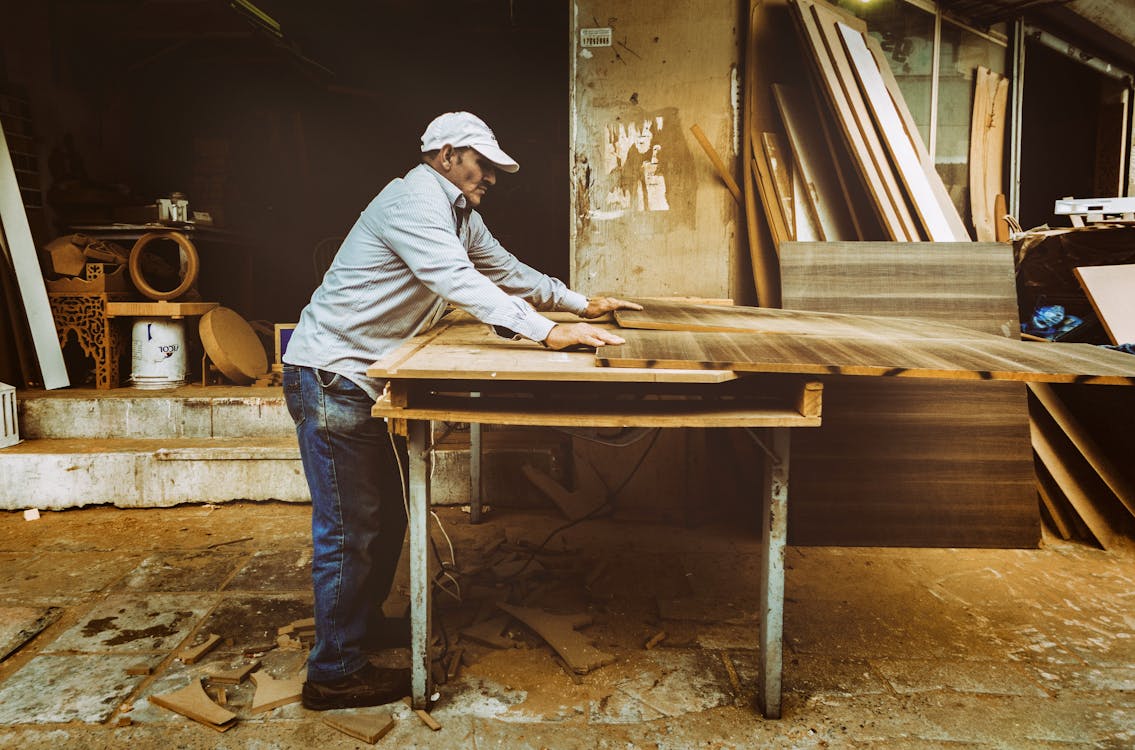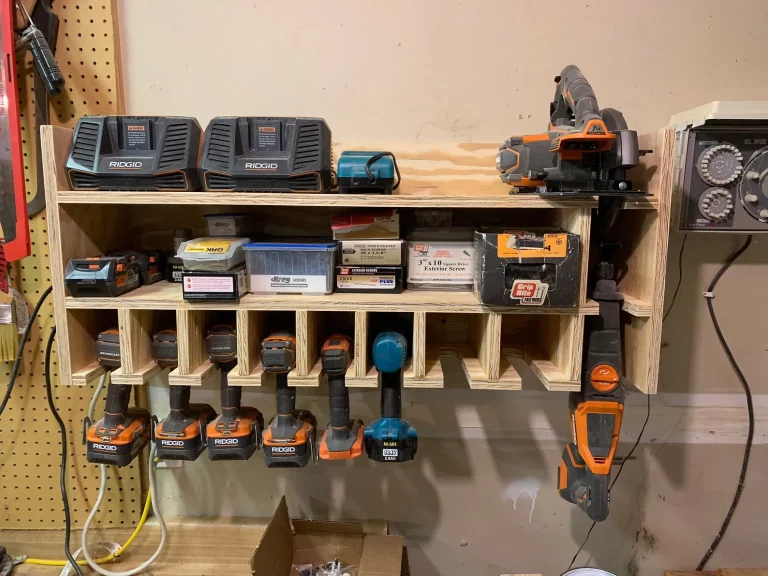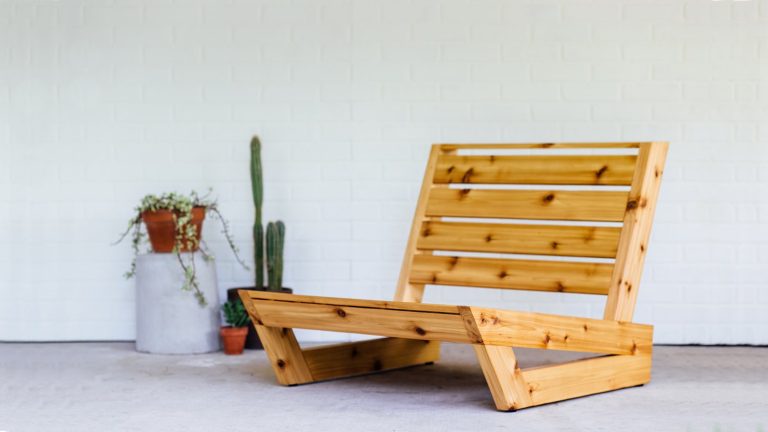DIY Table for Your Garage: A Step-by-Step Guide
A sturdy and functional table is essential for any garage—whether you’re using it for woodworking, car repairs, or general storage. Instead of buying one, why not build a DIY garage table that fits your exact needs? With some basic tools, wood, and a little effort, you can create a table that’s durable, cost-effective, and perfectly suited to your workspace.
In this guide, we’ll go over everything you need to know to build a strong, practical, and easy-to-make garage table!
🛠️ Why Build Your Own Garage Table?
✔ Customizable Size – Make it fit your space and needs.
✔ Budget-Friendly – DIY tables cost less than store-bought versions.
✔ Durable & Strong – Build it with high-quality materials for long-term use.
✔ Multi-Purpose – Great for repairs, crafting, and storage.
✔ Satisfaction of DIY – Nothing beats the feeling of using something you built yourself!
📏 Step 1: Plan Your Table Design
Before starting, consider these factors:
🔹 Size – How much space do you have? A 2 ft x 4 ft table is common, but you can go bigger or smaller.
🔹 Height – If you’ll stand while working, a 36-inch height is ideal. For a sitting workspace, use 28-30 inches.
🔹 Material – Plywood, MDF, or hardwood are good tabletop options. 2×4 lumber works well for the frame.
🔹 Storage Options – Do you need shelves, drawers, or a pegboard for tools?
🪵 Step 2: Gather Materials & Tools
🔩 Materials:
✅ 2×4 Lumber – For the frame and legs.
✅ ¾-inch Plywood – For the tabletop.
✅ Wood Screws (2.5-inch & 1.5-inch) – For assembling the frame and attaching the top.
✅ Wood Glue – Strengthens joints.
✅ Sandpaper or Sander – Smooths rough edges.
✅ Wood Stain or Paint (Optional) – For a finished look.
🔧 Tools:
🔹 Saw – A circular saw or handsaw to cut wood.
🔹 Drill & Screws – To assemble the table.
🔹 Measuring Tape & Pencil – For accuracy.
🔹 Clamps – Helps hold pieces together while assembling.
🔨 Step 3: Build the Frame
1️⃣ Cut the Wood Pieces:
- (4) Legs – Cut four 2×4 pieces to your desired table height.
- (4) Long Side Supports – Cut two 2x4s for the length of the table.
- (4) Short Side Supports – Cut two 2x4s for the width of the table.
2️⃣ Assemble the Rectangular Frame:
- Use wood glue and screws to connect the long and short side supports.
- Ensure the frame is square and level before tightening screws.
3️⃣ Attach the Legs:
- Secure each leg to the inside corners of the frame using 2.5-inch screws.
- Check that all legs are even.
🪚 Step 4: Attach the Tabletop
1️⃣ Place the plywood sheet on top of the frame.
2️⃣ Align it evenly, leaving a slight overhang (optional).
3️⃣ Use 1.5-inch screws to attach the plywood to the frame.
4️⃣ Sand the edges to smooth rough spots.
💡 Tip: If you want extra stability, add a second plywood layer!
📦 Step 5: Add Storage & Features (Optional)
If you want extra functionality, consider these ideas:
✔ Lower Shelf – Attach another plywood sheet at the bottom for extra storage.
✔ Pegboard – Mount one on the back for hanging tools.
✔ Casters (Wheels) – Make your table mobile by adding lockable wheels.
✔ Built-in Power Strip – Attach a power strip for easy access to outlets.
🎨 Step 6: Finish & Protect Your Table
✔ Stain or Paint – Adds a protective layer and enhances the look.
✔ Seal with Polyurethane – Prevents damage from oil, water, and chemicals.
✔ Add Rubber Feet – Protects your floor and keeps the table stable.
🎯 Final Thoughts: A Strong, Custom DIY Garage Table
Building a garage table is an easy and rewarding DIY project that will improve your workspace. By customizing the size, features, and storage, you can create the perfect workbench or utility table that lasts for years.
💬 Would you build your own garage table? Let us know in the comments! 🔨😊







